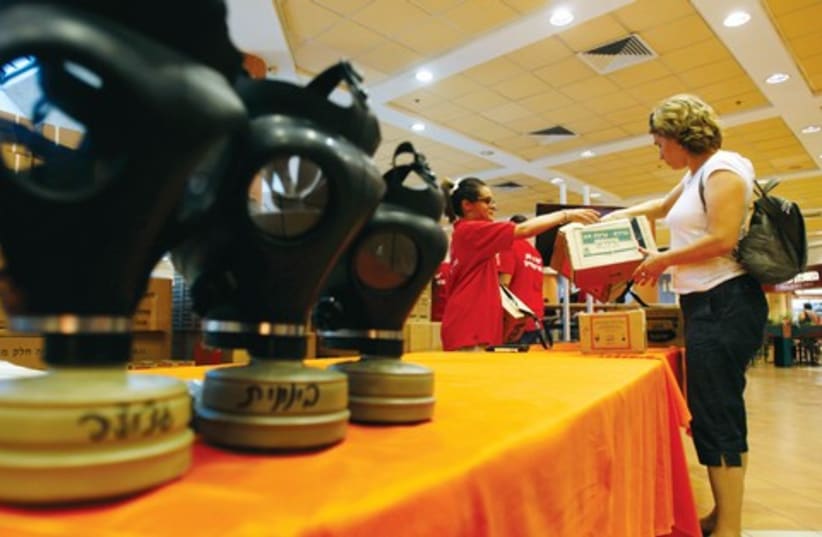His previous publications for the BESA Center include Chemical and Biological Weapons in the Arab Countries and Iran – An Existential Threat to Israel? (Hebrew); Chemical Weapons in Egypt and Syria: Evolution, Capabilities, Control (Hebrew); and Invisible Red Line: The Futility of Trying to Detect an Iranian Order to Build the Bomb.
The fate of Syria’s chemical and biological weapons
Israel has good reason to fear that Syria’s chemical and biological weapons arsenal could fall into the wrong hands.

His previous publications for the BESA Center include Chemical and Biological Weapons in the Arab Countries and Iran – An Existential Threat to Israel? (Hebrew); Chemical Weapons in Egypt and Syria: Evolution, Capabilities, Control (Hebrew); and Invisible Red Line: The Futility of Trying to Detect an Iranian Order to Build the Bomb.